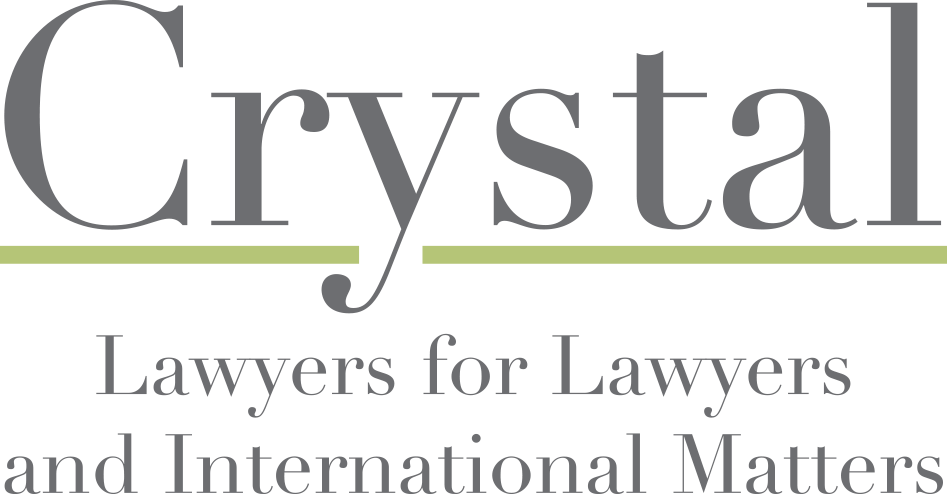This is the first of a series of blogs dealing with issues arising from lawyers’ lateral movement and firm’s breakup
#1 If a lawyer is joining a new firm (either in a straight departure or as a result of a law firm breakup), may the lawyer reveal information to the new firm to do a conflicts check without violating the lawyer’s duty of confidentiality?
ABA Model Rule 1.6(b)(7), adopted in 2012, provides that a lawyer may reveal confidential information
to detect and resolve conflicts of interest arising from the lawyer’s change of employment or from changes in the composition or ownership of a firm, but only if the revealed information would not compromise the attorney-client privilege or otherwise prejudice the client.
In states where the amendment has not been adopted the same result may follow under the exception to the duty of confidentiality when “the disclosure is impliedly authorized in order to carry out the representation.” ABA Model Rule 1.6(a). In fact, the ABA Ethics Committee so advised in Formal Opinion #09-455, the opinion that led to the 2012 amendment.
What information may be disclosed? The comment to Rule 1.6(b)(7) states that disclosure should ordinarily be limited to “the identity of the persons and entities involved in a matter, a brief summary of the general issues involved, and information about whether the matter has terminated.” Comment 13. Disclosure is not permissible when it would be prejudicial to the client. The comment gives the following examples: “(e.g., the fact that a corporate client is seeking advice on a corporate takeover that has not been publicly announced; that a person has consulted a lawyer about the possibility of divorce before the person’s intentions are known to the person’s spouse; or that a person has consulted a lawyer about a criminal investigation that has not led to a public charge).”
Suppose a prospective new firm wants to know the amount of revenue generated for the old firm by clients represented by the departing lawyer. May the lawyer reveal this information? I don’t think. This information is not necessary for conflicts purposes, goes beyond what is permitted by either the ABA Model Rules or Opinion #09-455, and reveals proprietary information of the old firm in violation of fiduciary duties. Perhaps a lawyer could give general information about the amount of total revenue that the lawyer personally generated without reference to specific clients.
To protect confidential information the ABA Committee approved retention of an independent lawyer to determine if conflicts exist; the “conflicts lawyers” would then share the results with the lawyer and the firm without disclosing confidential information. The Committee found that this procedure was justified under Rule 1.6(b)(4), which allows disclosure of confidential information to obtain ethics advice.
Conflicts checks should be limited to clients the moving lawyer personally represented or with whom the lawyer acquired confidential information. This limitation reflects the conflicts rule that will preclude the moving lawyer and the new firm from undertaking representation against a client of the former firm only if the moving lawyer “had acquired information protected by Rules 1.6 and 1.9(c) that is material to the matter.”
When may such information be disclosed? Comments 13 to Rule 1.6 provides that information permitted to be disclosed under Rule 1.6(b)(7) may be disclosed “once substantive discussions regarding the new relationship have occurred.”
If confidential information necessary to complete a conflicts check cannot be disclosed because it would be prejudicial to a client, the new firm and the moving lawyer have three options: abandon the move, defer the move until the conflicts check can be completed without prejudice to a client, or complete the move even with an incomplete conflicts check in the hope that a conflict does not exist, or that if it does exist the new firm will deal with the situation as appropriate when the conflict becomes known.
For more information, Nathan M. Crystal.
